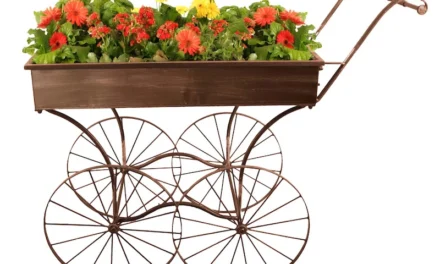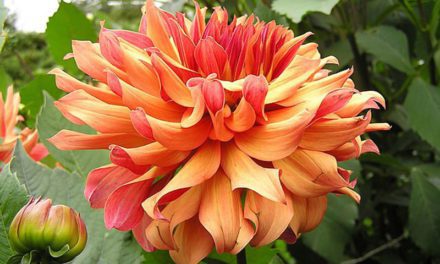Pollen are the grains or spores produced by the male part of a flower (the stamen) which become sperm cells. The carpel and pistil are the female reproductive parts of a flower. The pistil receives the pollen and the carpel holds the eggs in ovules. An ovule will become a seed after an egg is fertilized. Sounds like basic birds and bees. The principal pollinating agents (pollinizers) are bees, moths & butterflies, and birds. Some plants are not reliant on animals but employ nonliving agents -wind and water. Nature has developed strategies for getting the pollen grains from the pollen sacs called anthers to the ovary where flower sex happens. Keep reading – it just gets juicier from here.
Not all flowers have male and female parts; some – like tomatoes, peas, apples and strawberries – do, and they can self-pollinate. Pollinizers, wind, or water may facilitate this. Other plants have separate male or female flowers. Typically, persimmons, kiwi, and hollies (Ilex spp.) are male or female and cultivars may be named accordingly like Ilex hybrid ‘Nellie R. Stevens’ (girl) a Chinese holly hybrid or Ilex ‘Jim Dandy’ (boy) a deciduous native holly. The girls need to be within 30’- 40’ of the guys for successful pollination.
Many plants operate on the “cash and carry” system by offering nectar, fragrance, and dazzling colors to attract birds and insects. The color and fragrance advertise to customers that food (nectar and pollen) is free to anyone who steps inside. Pollen is loaded with protein and is eaten and carried back to the hives as a food reserve. Beetles pollinate Magnolias, which don’t offer nectar, but do produce copious amounts of pollen. The sugars in nectar also give food and energy to birds, butterflies and, of course, bees. As the agent is getting the “juice” it is also picking up the microscopic grains of pollen on its feet, legs, and face, and by going from flower to flower, plant to plant, field to field, the Love is spread. Floral parts may be simple, tubular, open, lipped, and as many variations in form as there are plants in nature. All of these designs facilitate the transfer of pollen and get it where it needs to go for fertilization – the ovary not 10-10-10. Melons squash, and cucumbers have male and female flowers on the same vine. Bumble bees are the agent of choice in their pollinizing. If bees are not abundant, a Q-tip will work to transfer pollen. You may need to stick your face down near the flowers to figure out which is which, but the pollen is borne on stalks. It is yellow. The female pistil is shaped like a bowling pin and has a sticky top part.
Cross -pollination combines genetic material, produces stronger seeds, and generally more plants reproduce by cross- pollination than self-pollination. Many fruit trees require pollen from the same species but a different variety. Apple, pears, and blueberries are examples of this. Also you need a good bloom overlap and spacing is important too. Remember 30’- 40’?
• We gardeners need to make sure that we do our homework when it comes to selecting the right fruit varieties.
• We also want to attract pollinizers by offering a wide variety of flowering plants, water sources and cover.
• Avoid using pesticides during the daytime when beneficial insects are present and then use the least toxic method(s) to control harmful insects.
Go to the Clemson Extension website for information, lists and fact sheets on growing fruits and vegetables in your gardens and orchards. You can spread the Love Locally.
http://www.clemson.edu/extension/hgic/plants/vegetables/








